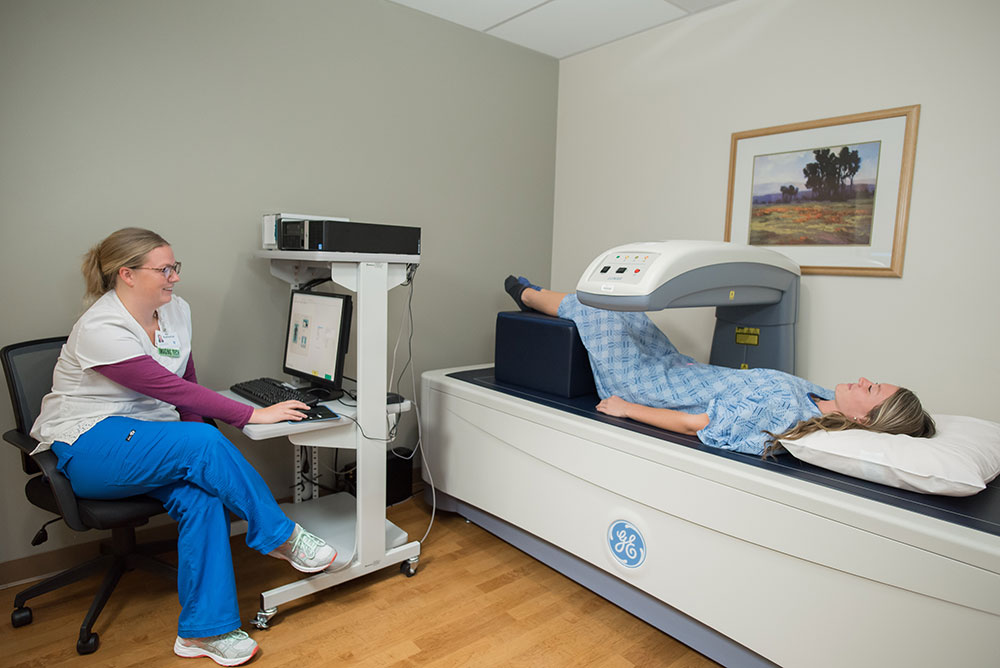Osteoporosis: Understanding, Managing, and Preventing Bone Loss

Osteoporosis — a condition that weakens bones, making them more prone to fractures — affects millions of people around the globe. It’s often called a silent disease because bone loss can occur without apparent symptoms. Although it’s a serious health condition, it’s not insurmountable. Continue reading to better understand osteoporosis, ways to manage the condition, and practical strategies for prevention.
Causes and Risk Factors of Osteoporosis
Bone is a living tissue that constantly breaks down and regenerates. Osteoporosis results when the creation of new bone can’t keep up with the loss of old bone. Factors leading to osteoporosis include:
- Age: Bone density decreases naturally with age, starting around 30. The process can lead to osteoporosis in some people. Although most often associated with aging, children can also develop osteoporosis.
- Gender: Women are more likely to develop osteoporosis, especially after menopause, due to decreased estrogen, a hormone that helps protect against bone loss.
- Family history: If one or both of your parents had osteoporosis, you’re more likely to develop the disease.
- Low body weight or small body frame: Individuals who are underweight or have a small body frame often have less bone mass to draw from as they age.
- Lack of certain nutrients: Low calcium intake contributes to diminished bone density, early bone loss, and an increased risk of fractures.
- Sedentary lifestyle: People who spend a lot of time sitting have a higher risk of osteoporosis than those who are more active.
- Tobacco and alcohol consumption: Smoking tobacco and drinking alcohol can lead to decreased bone density.
- Certain medical conditions: Celiac, inflammatory bowel, kidney, or liver disease, as well as cancer, lupus, multiple myeloma, and rheumatoid arthritis, can increase the risk of osteoporosis.
- Certain medications: Long-term use of corticosteroids and other drugs can interfere with bone rebuilding.
Symptoms of Osteoporosis
Osteoporosis often progresses without signs or symptoms until a fracture happens. Initially, fractures typically occur in the hip, spine, and wrist. Simple actions like bending over or coughing can cause severe fractures in some cases.
Diagnosing Osteoporosis
A bone density scan, also known as Dual-Energy X-ray Absorptiometry (DEXA), is used to diagnose osteoporosis. It’s a scan that compares your bone density to that of a healthy young adult to determine the risk of fractures. The painless test takes approximately 15 minutes.
Treatment Options for Osteoporosis
While osteoporosis is a chronic condition, numerous treatment options can manage the disease effectively. Treatment choices depend on the individual’s circumstances and the severity of the disease.
Several medications are available, including bisphosphonates, denosumab, hormone-related therapy, and bone-building medications. Osteoporosis medications work by either slowing bone loss or increasing bone formation.
In addition to medication, lifestyle changes are crucial in managing osteoporosis. For example, a diet rich in calcium and vitamin D is vital for bone health, which you can incorporate by adding foods like dairy products, green leafy vegetables, and fatty fish into your meals. In addition, weight-bearing and resistance exercises can help build and maintain bone density.
Living With Osteoporosis
Living with osteoporosis can be challenging, but manageable with proper care and lifestyle modifications. Taking prescribed medications, engaging in weight-bearing exercises, and maintaining a balanced diet are essential.
In addition, it’s critical to regularly visit your healthcare provider for bone density tests to help monitor the progression of the condition and the effectiveness of your treatment plan.
Your healthcare provider might also suggest using assistive devices or modifying your home environment to help prevent falls. For example, removing tripping hazards, ensuring your home is well-lit, and using handrails on stairs can be helpful.
The more you understand about osteoporosis, the more proactive you can be in managing it.
Preventing Osteoporosis
While osteoporosis may seem inevitable for some, it’s not. Prevention is possible, starting with taking proactive measures early. The same lifestyle measures that help manage it can also prevent it.
The key to preventing osteoporosis is building as much bone mass as possible during youth and maintaining it in adulthood. Bone mass typically peaks around the third decade of life, so maximizing bone density early can help stave off osteoporosis later.
Vail Health Is Ready To Help
Contact Colorado Mountain Medical’s Endocrinology practice to schedule a bone density scan, especially if you’re predisposed due to family history. Our endocrinologists are board-certified and will provide testing and work with you to help prevent and manage osteoporosis.
This article was reviewed by Suzanne Torris, MS, RN, FNP.


